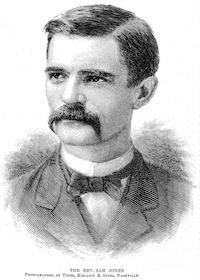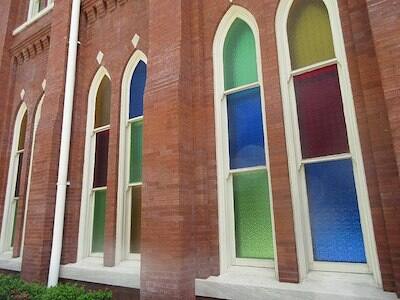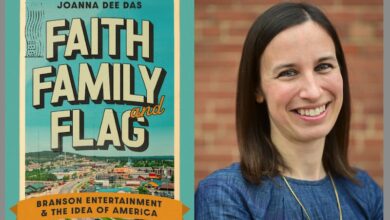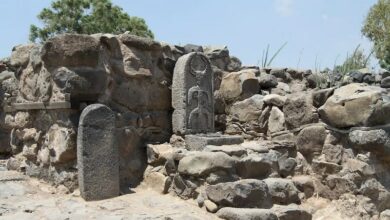Mother Church of Country Music traces its history to religious revival

The Ryman Auditorium in Nashville, the original home of the Grand Ole Opry, also is known as the Mother Church of Country Music. The music venue began as a church and still is home to many Christian events.

It began with the Rev. Samuel Jones, an evangelist who came from Georgia to Nashville in 1885 for a revival sponsored by local churches under a huge tent. Jones began denouncing Nashville residents for ignoring what he believed where the sins of the time, everything from baseball and bike riding to prostitution, gambling and dancing. Worst of all for the reformed alcoholic: drinking.
Tom Ryman, a wealthy riverboat captain who served whiskey in his steamship line, took offense. So, he rounded up a group of his friends to attend the revival and beat up Jones. Instead, the story goes, after one sermon, the preacher convinced him to give his life to God. Ryman stopped selling alcohol on his ships; he wouldn’t even christen steamships with champagne and instead used jugs of water.
He also began to dream about building a house of worship in Nashville for religious gatherings so evangelists like Jones could have a place to preach. Through his funding and with the help of donations from the community, the Union Gospel Tabernacle officially opened on May 4, 1892, with a music festival. After Ryman’s death, it was renamed after him, and it went on to become revered as one of America’s leading music venues.
READ: This new Nashville hangout a hit with young people tired of drugs and alcohol
“What was built as a religious meeting place for Nashvillians,” the auditorium says on its site, “became a different type of sanctuary that grew bigger than Ryman ever imagined.”

For its first two decades or so, it was a hybrid gathering place hosting religious leaders and some of the biggest names in ballet, opera and theater. It became known as the Carnegie Hall of the South. It went on to host meetings of the Southern Baptist Convention, memorable performances by big names such as comedian Charlie Chaplin and magician Harry Houdini, and appearances on stage by President Teddy Roosevelt and the Rev. Martin Luther King Jr.
 The venue also became known for its acoustics beloved by artists. “It’s Ryman Auditorium’s roots as a church that resulted in its impressive acoustics,” the Ryman’s site says, “as the auditorium was constructed to project the voices, songs and instruments of weekly church services.”
The venue also became known for its acoustics beloved by artists. “It’s Ryman Auditorium’s roots as a church that resulted in its impressive acoustics,” the Ryman’s site says, “as the auditorium was constructed to project the voices, songs and instruments of weekly church services.”
It also became the home of the Grand Ole Opry — the most famous country music and entertainment show of its time — from 1943 to 1974. After the opry left, the Ryman was vacant for nearly two decades and fell into disrepair. It was restored thanks to donations by artists and members of the community and reopened in the 1990s. It now has a seating capacity of 2,362.
Today, music travel to the Ryman from across America and sit on its pews. It’s lovingly known as “the Soul of Nashville.” “It definitely has a soul feel,” a tourist from Massachusetts said. “And I don’t believe it’s just because of the musical acts that have been there, but there’s a palpable energy, for sure.”
–Alan Goforth | Metro Voice
Cover photo: Tenorsaxylady | Creative Commons Attribution-Share Alike 3.0
Stained glass: Cdv1014 | Creative Commons Attribution-Share Alike 4.0







